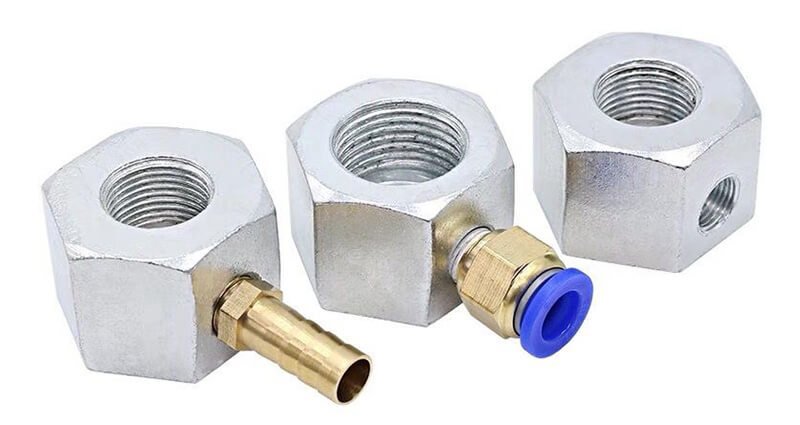In CNC machines, maintaining the right temperature is crucial for achieving high precision and efficiency in machining. The process generates a lot of heat, which, if not controlled, can lead to equipment damage or poor-quality results. That’s where the cooling system comes in, circulating coolant around the machine to absorb and dissipate heat.
One key component in these cooling systems is the cooling tube magnetic seat. This small yet essential part plays a critical role in securing the coolant tube in place, ensuring a continuous flow of coolant to prevent overheating.
In this article, we will explore what a cooling tube magnetic seat is, how it works, and why it’s an important piece of the puzzle in CNC operations.
Understanding Cooling Tube Magnetic Seat
A cooling tube magnetic seat is a specialized component designed to secure the coolant tube in CNC machines. It uses magnetic force to attach the coolant tube securely to the machine, ensuring a steady and reliable coolant flow during the operation.
The seat is placed where the coolant tube needs to be held, providing both stability and flexibility. It prevents any disconnections or misalignments that could lead to coolant leakage or inefficient cooling.
This magnetic system is especially beneficial in environments where there’s frequent movement of parts or where precision is paramount. The magnetic attraction helps keep the tube in place, even when the machine is running at high speeds or under heavy workload conditions.
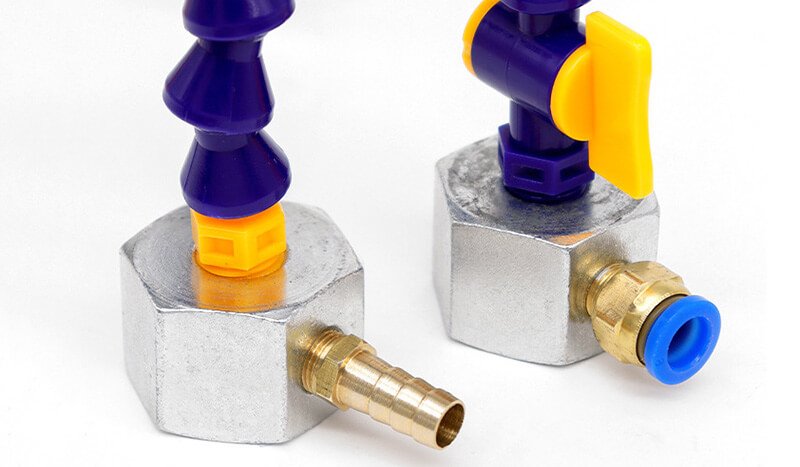
Components of a Cooling Tube Magnetic Seat
The cooling tube magnetic seat consists of several key components that work together to ensure its effectiveness:
Magnet
At the core of the magnetic seat is the magnet, which provides the holding power to keep the coolant tube in place. Depending on the design, the magnet can be permanent or electromagnetic, offering different strengths of attraction.
Seat Housing
The housing is the outer casing that holds the magnet and provides a stable platform for the coolant tube. It is typically made from durable materials like stainless steel or high-strength plastic to ensure that the magnetic seat withstands wear and tear over time.
Mounting Base
The mounting base is the part that attaches the magnetic seat to the CNC machine. It is designed to fit securely into pre-determined spots on the machine, allowing for easy installation and removal when needed. This part is essential for maintaining the seat’s stability.
Coolant Tube Connection
Finally, the seat provides a connection point for the coolant tube. This connection is designed to securely hold the tube in place while also allowing for flexibility in positioning, ensuring the coolant flows where it’s needed most.
Advantages of Using a Magnetic Seat in CNC Systems
Using a cooling tube magnetic seat in CNC systems offers several key advantages. These benefits help improve the performance, maintenance, and longevity of your machine, ensuring smooth and efficient operations.
1. Improved Stability
One of the primary benefits of a magnetic seat is the improved stability it provides for the coolant tube. The magnetic hold ensures the tube remains securely in place during the entire machining process. This prevents the tube from slipping, detaching, or becoming misaligned, ensuring a steady flow of coolant.
2. Easy Installation and Maintenance
Magnetic seats are known for their easy installation. The magnets allow the seat to attach quickly and firmly to the machine, without requiring tools or complex procedures. This means less downtime when setting up the cooling system. Additionally, the magnetic seat is easy to remove for maintenance or cleaning, making it a low-maintenance component.
3. Reduced Risk of Leaks
By securely holding the coolant tube in place, the magnetic seat minimizes the risk of leaks. A leaking coolant system can lead to significant issues in CNC machines, including overheating and damage. The magnetic seat’s ability to prevent misalignment and disconnection ensures that coolant flows correctly, reducing the chance of leaks and promoting consistent cooling.
4. Flexibility in Positioning
Magnetic seats offer flexibility when positioning the coolant tube. The magnets allow for easy adjustments, ensuring the coolant is directed exactly where it’s needed. This flexibility is especially useful when working with different CNC machine models or varying operations.
5. Durability and Reliability
Magnetic seats are built to last. Made from durable materials, they can withstand the harsh conditions of CNC operations, including high speeds, vibrations, and exposure to heat. Their reliability ensures that the cooling system continues to function optimally over time, contributing to the overall longevity of the machine.
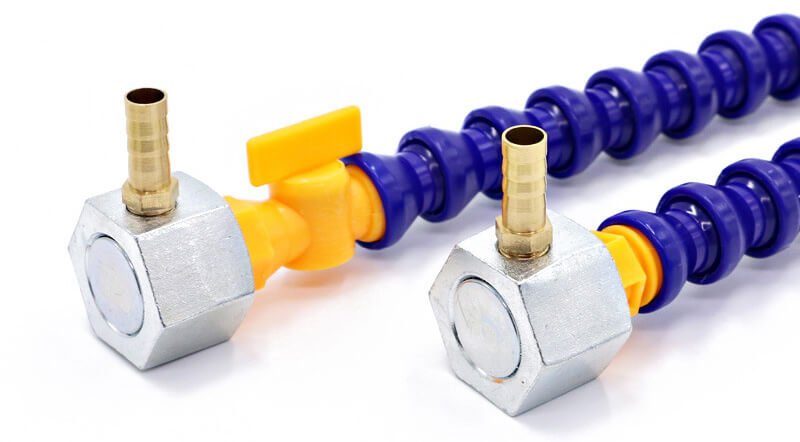
How the Cooling Tube Magnetic Seat Works
The cooling tube magnetic seat works by using magnetic force to hold the coolant tube securely in place on the CNC machine. This process ensures a stable and reliable connection, which is crucial for maintaining a consistent coolant flow. Here’s how it works:
Magnetic Attraction
At the heart of the system is the magnet inside the magnetic seat. When the seat is placed on the machine, the magnet creates a strong magnetic field that attracts the cooling tube to the seat. This magnetic attraction ensures that the tube stays attached, even during high-speed operations.
Secure Placement
The magnetic seat is designed to align the coolant tube with the proper coolant channel in the CNC machine. By using the magnetic force, the seat prevents any disconnections or shifts in the tube, maintaining the desired coolant flow rate.
Stable Operation
Once in place, the magnetic seat keeps the tube firmly in position throughout the machining process. This prevents the coolant tube from moving or becoming dislodged due to vibrations or movements in the CNC machine. As a result, the cooling system operates more efficiently, ensuring the machine stays at an optimal temperature.
Applications of Cooling Tube Magnetic Seat in CNC Machines
The cooling tube magnetic seat is a versatile component used in various CNC machines across different industries. Its ability to secure the coolant tube reliably makes it beneficial in many situations. Here are some common applications:
1. CNC Milling Machines
In CNC milling machines, the cooling system is vital for controlling the heat generated by cutting tools. The magnetic seat ensures that the coolant tube stays in place, providing a steady flow of coolant to the cutting area. This helps maintain precision and prevents the machine from overheating.
2. CNC Lathes
For CNC lathes, which are often used for turning and shaping metal, maintaining a proper coolant flow is crucial. The magnetic seat allows the coolant tube to stay securely positioned, ensuring the cutting area remains well-lubricated and cooled, preventing tool wear and damage.
3. CNC Drilling Machines
In CNC drilling machines, cooling is necessary to prevent drill bits from overheating and wearing out too quickly. The magnetic seat ensures that the coolant tube is correctly aligned, directing the coolant to the drill bit for effective cooling and lubrication.
4. CNC Grinding Machines
Grinding processes generate significant heat, which can affect the accuracy and performance of the machine. The cooling tube magnetic seat provides a consistent and secure connection for the coolant tube, ensuring the grinding area stays cool and the machine continues to operate at peak efficiency.
5. Custom CNC Applications
In custom CNC applications, the magnetic seat is often used in machines that require specific cooling configurations. Its flexibility allows it to be used in a variety of CNC systems, ensuring the coolant tube remains securely attached and the system continues to work without interruption.
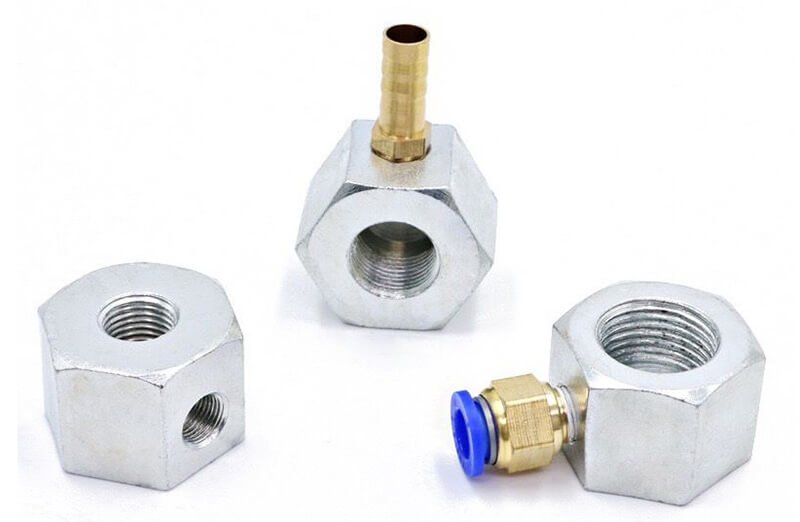
Factors to Consider When Choosing a Cooling Tube Magnetic Seat
When selecting a cooling tube magnetic seat, several factors should be considered to ensure it fits your specific needs and CNC machine requirements. Here are the key aspects to keep in mind:
1. Material Compatibility
The material of the cooling tube magnetic seat should be compatible with your CNC machine’s environment. For example, it should be made of durable materials like stainless steel or high-quality plastic, which can withstand the heat, vibrations, and harsh conditions of CNC operations.
2. Magnet Strength
The magnet strength plays a crucial role in holding the coolant tube securely in place. A stronger magnet ensures that the tube remains in position even during high-speed operations. When choosing a magnetic seat, consider the weight and size of the coolant tube and ensure the magnet can handle the required force.
3. Size and Fitting Requirements
Make sure the magnetic seat fits your CNC machine and coolant system. The size of the magnetic seat must match the diameter of the coolant tube and the available space on the CNC machine. Check the seat’s dimensions and ensure it will fit securely into the designated area.
4. Ease of Installation
Consider how easy it is to install the magnetic seat. A seat that’s simple to attach and remove can save time during machine setup and maintenance. Choose a seat that allows for easy positioning and adjustment of the coolant tube without requiring special tools.
5. Durability and Longevity
Look for a magnetic seat that offers long-term durability. It should be able to withstand continuous operation without losing its magnetic strength or structural integrity. This ensures that the cooling system remains effective and reliable over time.
6. Maintenance and Cleaning
Consider how easy it is to maintain and clean the magnetic seat. Over time, coolant systems may accumulate dirt or debris, so choosing a seat that is easy to clean can help ensure consistent performance. Opt for a seat that can be easily removed and wiped down for maintenance.
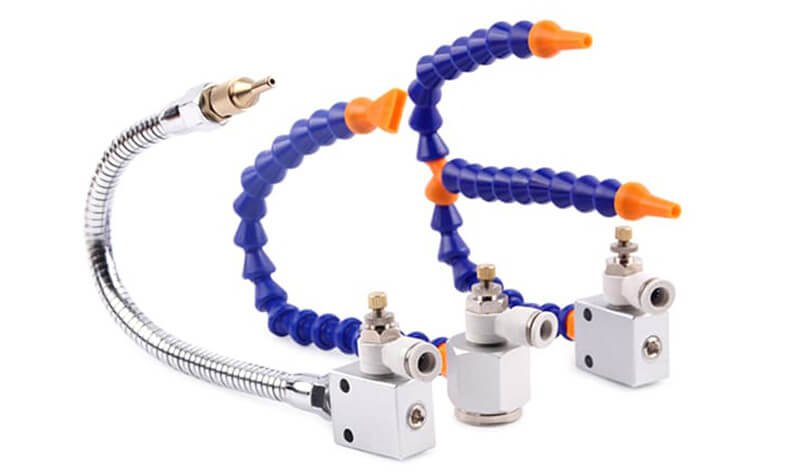
Common Issues and How to Solve Them
Although cooling tube magnetic seats are generally reliable, there can be some common issues. Here’s how to troubleshoot and solve them:
1. Weak Magnetic Hold
Sometimes, the magnetic force might not be strong enough to secure the coolant tube properly. This can happen due to wear or improper selection of the magnetic seat. To fix this:
- Check the magnet’s strength: Ensure that the seat has a magnet strong enough to hold the coolant tube in place.
- Replace the seat: If the magnet has lost its strength, consider replacing the magnetic seat with a stronger one.
2. Misalignment of the Coolant Tube
If the coolant tube becomes misaligned or detached, it can affect the cooling system’s performance. This might be caused by vibrations or improper installation. To solve this:
- Reposition the seat: Ensure the magnetic seat is properly aligned and securely attached to the CNC machine.
- Install additional securing components: Use extra clips or supports to prevent misalignment.
3. Leaking Coolant
A leaking coolant system is a sign that the coolant tube is not securely connected or that the magnetic seat is not holding the tube tightly enough. To fix this:
- Check for gaps or cracks: Inspect the magnetic seat and tube for any damage.
- Replace worn parts: If the seat or tube is damaged, replace them with new components to prevent leaks.
4. Difficulty in Installation or Removal
Sometimes, installing or removing the magnetic seat can be difficult, especially if the magnet is too strong or the seat is hard to reach. To solve this:
- Choose a more accessible seat: Select a magnetic seat that is easy to install and remove, with a design that allows for simple adjustments.
- Use proper tools: If the magnet is too strong, use appropriate tools to assist with installation and removal.
Conclusion
In conclusion, the cooling tube magnetic seat is a crucial component in ensuring efficient cooling for CNC machines. It helps secure the coolant tube, preventing leaks and ensuring a steady flow of coolant, which ultimately improves the performance and longevity of the machine.
When selecting a magnetic seat, consider factors like material compatibility, magnet strength, and ease of installation to ensure the seat fits your needs. While common issues such as weak magnetic hold or misalignment may occur, they can be easily addressed with proper maintenance and timely replacement of parts.

